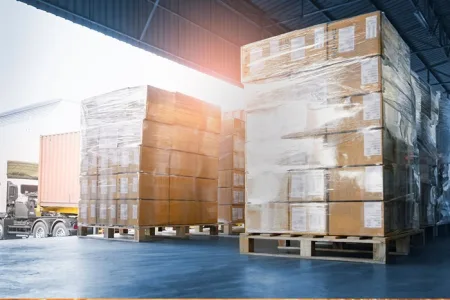What Is Kratom White? Understanding the Basics
Ever heard of Kratom White? Chances are you’ve seen ads for it online or in your local head shop. There are a lot of myths and misconceptions floating around about this controversial supplement. Before you jump on the bandwagon, you need to know the truth. We’re here to give it to you straight – no hype, just facts. This little plant extract from Southeast Asia is making big waves, but you have to wonder if it’s too good to be true. Does it really give you an energy boost, improve your mood, relieve pain, and help you unwind at night like the ads say? Or is it just the latest overhyped herbal fad that will fade out as quickly as it came in? We’ve done the research so you don’t have to. Here’s everything you need to know about Kratom White – the truth, the whole truth, and nothing but the truth.
Top 5 Myths About Kratom White
Kratom White refers to the white vein varieties of the Mitragyna speciosa tree, native to Southeast Asia. The leaves of these white vein strains contain unique alkaloids that produce stimulating effects.
– White vein kratom is often described as the most euphoric and energizing type. At lower doses, it can boost alertness, concentration and positive mood. Higher doses tend to be more sedating. The specific effects depend on the particular white vein strain and dosage.
– Popular white vein strains include White Borneo, White Maeng Da, and White Thai. White Borneo and White Thai are on the faster, more energetic end of the spectrum. White Maeng Da sits somewhere in the middle, offering a blend of stimulation and relaxation.
– When taken occasionally and at moderate doses, white vein kratom is considered safe for most adults. However, frequent or high dose use can lead to dependence and side effects. It may also interact with some medications, so check with your doctor first, especially if you’re on any prescribed drugs.
– The stimulating qualities of white vein strains make them a popular choice for a pre-workout boost or an extra kick of energy and focus during the day. However, their mood-lifting effects also make them ideal for recreational or social use. The possibilities are many, but as with any supplement, responsible and informed use is key.
White vein kratom can be an intriguing botanical, but do your own research to determine if it’s right for you based on your health conditions and personal needs. When in doubt, it’s best to err on the side of caution. Your wellbeing is worth it!
The Benefits and Risks of Using Kratom White
The truth is, there are a lot of myths circulating about Kratom White that just aren’t accurate. Let’s debunk the top 5 myths and set the record straight.
Myth #1: Kratom White is an opioid.
While Kratom White does interact with opioid receptors in the brain, it is not actually an opioid. Kratom contains compounds called mitragynine and 7-hydroxymitragynine, which are partial agonists of the mu-opioid receptor. This means they interact with the receptors but don’t fully activate them like opioids do.
Myth #2: Kratom White is dangerous and addictive.
Kratom White is not dangerous or highly addictive for most adults when consumed responsibly. While it can lead to dependence and withdrawal in some cases, the effects tend to be mild. Kratom White also has a low toxicity and the risk of overdose death is extremely small. However, as with any substance, it needs to be used properly and in moderation.
Myth #3: Kratom White is a legal high.
Kratom White does produce a buzz and mood lift in many people, but that does not make it a “legal high”. When used traditionally and properly, Kratom White is not used for recreational intoxication. The primary effects are subtle and tend to increase focus, relaxation, and sociability. Kratom White has been used safely for centuries in Southeast Asia as an herbal supplement.
Myth #4: Kratom White is a synthetic drug.
Kratom White comes from the leaves of Mitragyna speciosa, a tropical evergreen tree native to Southeast Asia. It is an all-natural botanical product, not a synthetic or manmade drug. The compounds mitragynine and 7-hydroxymitragynine are naturally found in the tree leaves.



